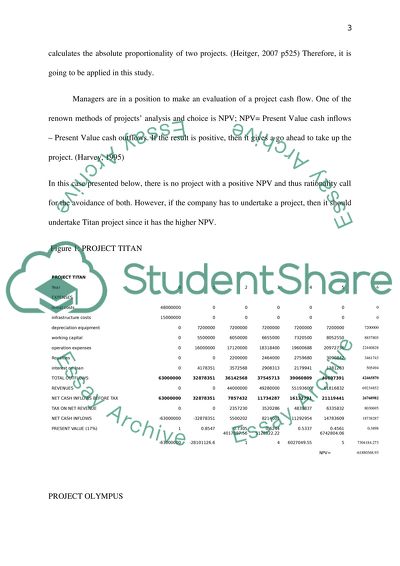Cite this document
(“Corporate Finance assignment on capital budgeting techniques and Essay”, n.d.)
Retrieved from https://studentshare.org/environmental-studies/1419171-corporate-finance-assignment-on-capital-budgeting
Retrieved from https://studentshare.org/environmental-studies/1419171-corporate-finance-assignment-on-capital-budgeting
(Corporate Finance Assignment on Capital Budgeting Techniques and Essay)
https://studentshare.org/environmental-studies/1419171-corporate-finance-assignment-on-capital-budgeting.
https://studentshare.org/environmental-studies/1419171-corporate-finance-assignment-on-capital-budgeting.
“Corporate Finance Assignment on Capital Budgeting Techniques and Essay”, n.d. https://studentshare.org/environmental-studies/1419171-corporate-finance-assignment-on-capital-budgeting.


